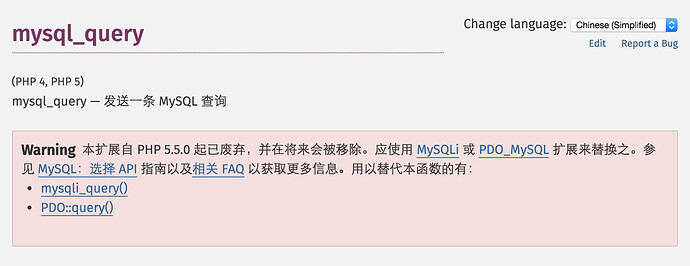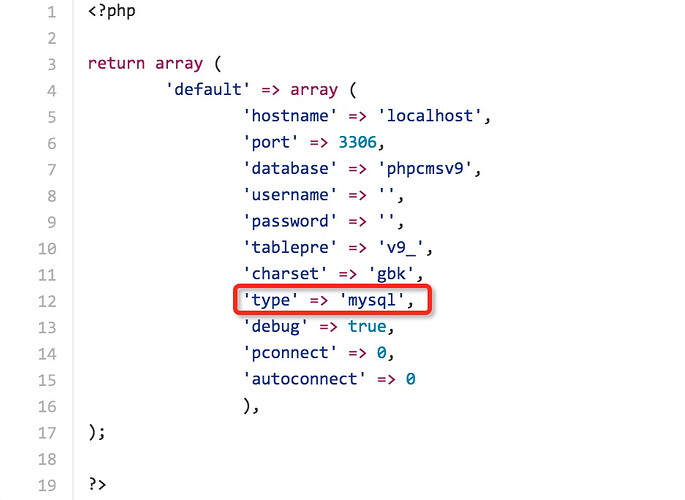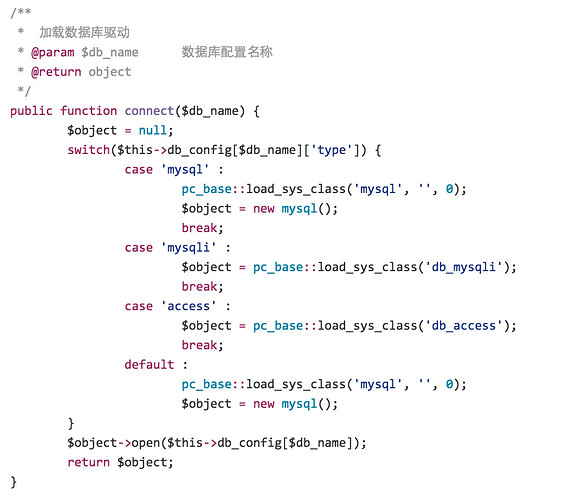本文作者:@phith0n
源地址: 90WiKi
发表时间: 2016-2-6 16:33:08
0x01 前言
phpcms是国内相对用的较多的cms之一。曾几何时,其安全性虽说不上好,但开发人员愿意正视安全漏洞,并有对安全漏洞有合理、正确、不粗暴的处理方式。
但这一年,我可以明显感到phpcms已经慢慢在放弃维护,就安全漏洞而言,处理手段越来越粗暴。随处可见的 safe_replace 函数(整个phpcms里,非数字型的输入有大量用这个函数进行处理):
function safe_replace($string) {
$string = str_replace('%20','',$string);
$string = str_replace('%27','',$string);
$string = str_replace('%2527','',$string);
$string = str_replace('*','',$string);
$string = str_replace('"','"',$string);
$string = str_replace("'",'',$string);
$string = str_replace('"','',$string);
$string = str_replace(';','',$string);
$string = str_replace('<','<',$string);
$string = str_replace('>','>',$string);
$string = str_replace("{",'',$string);
$string = str_replace('}','',$string);
$string = str_replace('\\','',$string);
return $string;
}
虽说比部分cms直接拦截select、if要好很多,但这种方法也是粗暴不堪。大量搜索,搜不出有特殊字符的内容,就是这个函数在作怪。
我曾经跟一个朋友说过,当一个cms在惧怕安全问题,并开始用拦截、替换等粗暴方式处理漏洞的时候,就是它走向灭亡的开始。此类例子屡见不鲜,比如phpyun、cmseasy。
那么,这次这个安全漏洞是怎么出现的?
0x02 漏洞成因分析
我们可以下载源码,对比查看 v9.5.9 -> v9.5.10 和 v9.5.10 -> v9.6.0 的变化。
我们可以看到,在v9.5.10中,引入了一个新的类: db_mysqli.php 。
为什么phpcms要加这个类,其实从名字就可以看出, db_mysqli.php 是对mysqli的一个封装。
在php5.5+以后,传统的mysql扩展就已经废弃了
所以,phpcms也开始针对这个问题进行改进,这里引入mysqli这个封装类就是证明了这一点。不过,在v9.5.10中,默认使用的mysql封装类还是mysql:
根据配置文件在 db_factory 类中加载:
而在v9.6.0版本中,默认的mysql封装类换成了mysqli:
这里,就是造成漏洞的关键点。我们对比一下这两个封装类的 connect 函数。
/libs/classes/mysql.class.php:
public function connect() {
$func = $this->config['pconnect'] == 1 ? 'mysql_pconnect' : 'mysql_connect';
if(!$this->link = @$func($this->config['hostname'], $this->config['username'], $this->config['password'], 1)) {
$this->halt('Can not connect to MySQL server');
return false;
}
if($this->version() > '4.1') {
$charset = isset($this->config['charset']) ? $this->config['charset'] : '';
$serverset = $charset ? "character_set_connection='$charset',character_set_results='$charset',character_set_client=binary" : '';
$serverset .= $this->version() > '5.0.1' ? ((empty($serverset) ? '' : ',')." sql_mode='' ") : '';
$serverset && mysql_query("SET $serverset", $this->link);
}
if($this->config['database'] && !@mysql_select_db($this->config['database'], $this->link)) {
$this->halt('Cannot use database '.$this->config['database']);
return false;
}
$this->database = $this->config['database'];
return $this->link;
}
/libs/classes/db_mysqli.php
public function connect() {
$this->link = new mysqli($this->config['hostname'], $this->config['username'], $this->config['password'], $this->config['database'], $this->config['port']?intval($this->config['port']):3306);
if(mysqli_connect_errno()){
$this->halt('Can not connect to MySQL server');
return false;
}
if($this->version() > '4.1') {
$charset = isset($this->config['charset']) ? $this->config['charset'] : '';
$this->link->set_charset($charset);
$serverset = $this->version() > '5.0.1' ? 'sql_mode=\'\'' : '';
$serverset && $this->link->query("SET $serverset");
}
return $this->link;
}
有何区别? mysql 比 db_mysqli 里多了一段:
if($this->version() > '4.1') {
$charset = isset($this->config['charset']) ? $this->config['charset'] : '';
$serverset = $charset ? "character_set_connection='$charset',character_set_results='$charset',character_set_client=binary" : '';
$serverset .= $this->version() > '5.0.1' ? ((empty($serverset) ? '' : ',')." sql_mode='' ") : '';
$serverset && mysql_query("SET $serverset", $this->link);
}
这段是干啥的?是设置 character_set_client=binary 。作用是防御宽字节注入的,在v9.6.0里居然忘记设置。
(至于宽字节注入的原理与防御方法,见 https://www.leavesongs.com/PENETRATION/mutibyte-sql-inject.html )
这就是新版phpcms里产生注入的原因。
0x03 寻找利用途径
这个漏洞点是存在于db_mysqli类中,这个类等于说是所有sql语句执行都会经过的类,所以我们只需找到一个满足以下条件的输入点:
-
字符型输入(不经过intval
-
不经过safe_replace过滤
-
最好无需登录
在当前版本的phpcms中,因为大量位置经过了 safe_replace 过滤,所以这样的地方也不好找。不过去除第3个条件的话,位置还是比较多的。
我简单找了两个位置,
一是 /modules/member/index.php:1473
public function public_forget_password () {
$email_config = getcache('common', 'commons');
//SMTP MAIL 二种发送模式
if($email_config['mail_type'] == '1'){
if(empty($email_config['mail_user']) || empty($email_config['mail_password'])) {
showmessage(L('email_config_empty'), HTTP_REFERER);
}
}
$this->_session_start();
$member_setting = getcache('member_setting');
if(isset($_POST['dosubmit'])) {
if ($_SESSION['code'] != strtolower($_POST['code'])) {
showmessage(L('code_error'), HTTP_REFERER);
}
$memberinfo = $this->db->get_one(array('email'=>$_POST['email']));
可见这里直接将email传入get_one函数,一定存在注入。前面有个验证码的检测,实际上是可以绕过的,只要我们不传入code即可。
这个注入无需登录,但需要网站配置了email。
另一个地方是需要登录的,
/modules/attachment/attachments.php:155
public function swfdelete() {
$attachment = pc_base::load_sys_class('attachment');
$att_del_arr = explode('|',$_GET['data']);
foreach($att_del_arr as $n=>$att){
if($att) $attachment->delete(array('aid'=>$att,'userid'=>$this->userid,'uploadip'=>ip()));
}
}
这里从GET中获取data,放进 delete 函数里了。
成功注入。
总结一下,这些注入,根本原因是宽字符注入,新版phpcms里由于代码更新换代导致遗失了之前的安全设置,导致出现安全漏洞。
因为是宽字符注入,所以注入是存在于GBK版本的phpcms里,UTF-8版本是不存在这个漏洞的。





